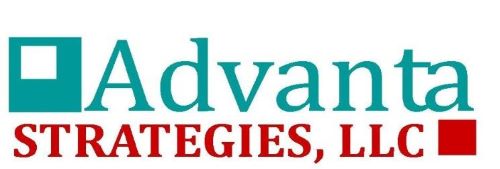EAT THAT FROG
1.Pomodoro Technique:
The Pomodoro Technique involves breaking your work into intervals, typically 25 minutes each, separated by short breaks. After completing four intervals, you take a longer break. This technique helps improve focus and productivity by encouraging you to work in short, concentrated bursts while allowing for regular breaks to rest and recharge.
2. Eisenhower Matrix:
The Eisenhower Matrix, also known as the Urgent-Important Matrix, categorizes tasks based on their urgency and importance. Tasks are divided into four quadrants:
– Urgent and Important
– Important but Not Urgent
– Urgent but Not Important
– Neither Urgent nor Important
This technique helps prioritize tasks effectively, ensuring that important tasks are not overshadowed by urgent but less important ones.
3. Time Blocking:
Time blocking involves scheduling specific blocks of time for different tasks or activities throughout your day. By allocating dedicated time slots for different activities, such as work, exercise, meetings, and personal tasks, you can better manage your time and ensure that each task receives sufficient attention. It helps minimize distractions and allows for better focus on one task at a time.
4. Getting Things Done (GTD) Method:
The Getting Things Done method, developed by David Allen, focuses on capturing all tasks and ideas into a trusted system, processing them, and taking action based on priority. The key principles include collecting all tasks and ideas into a single inbox, clarifying what each task entails, organizing tasks into categories or projects, reviewing them regularly, and taking action based on priority and context. This method helps reduce mental clutter and enables better decision-making about how to allocate time and energy.
5. Eat That Frog:
The Eat That Frog technique, coined by Brian Tracy, encourages tackling the most challenging or important task of the day first thing in the morning. By prioritizing and completing this task early, you build momentum and motivation for the rest of the day. It helps prevent procrastination and ensures that critical tasks are addressed promptly, leading to increased productivity and a sense of accomplishment.
Implementing these time management techniques can significantly improve productivity, reduce stress, and enhance overall effectiveness in managing your time and tasks.
From Fearful to Fearless:
Every confident speaker once shook in their shoes.
Language of Leadership
True leaders don’t just give instructions—they paint visions that others want to follow. Every leader speaks but not every leader inspires. The language of leadership isn’t about commanding attention; it’s about connecting hearts and minds to a...
How to Answer “Tricky” Questions
When you stay calm, clarify with repetition, and bridge back to your core ideas, you guide the dialogue rather than chase it. The result? You come across as thoughtful, credible, and persuasive exactly the qualities clients and colleagues remember.
The Designer Pause
Remember: silence isn’t empty. It’s elegant.
Branding
Branding isn’t built in a studio—it’s built in the moments between meetings, at networking events, and even while waiting for your latte.
From Drawings to Dialogue
Designers aren’t just visual thinkers—we’re translators of imagination.
When you can turn drawings into dialogue, every presentation becomes a partnership.








